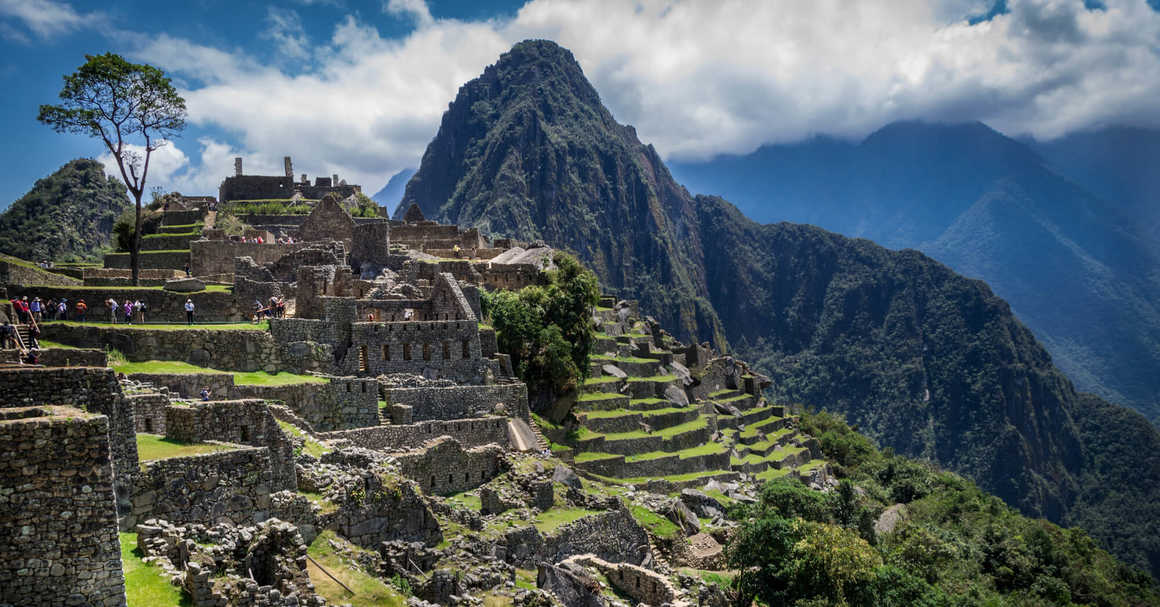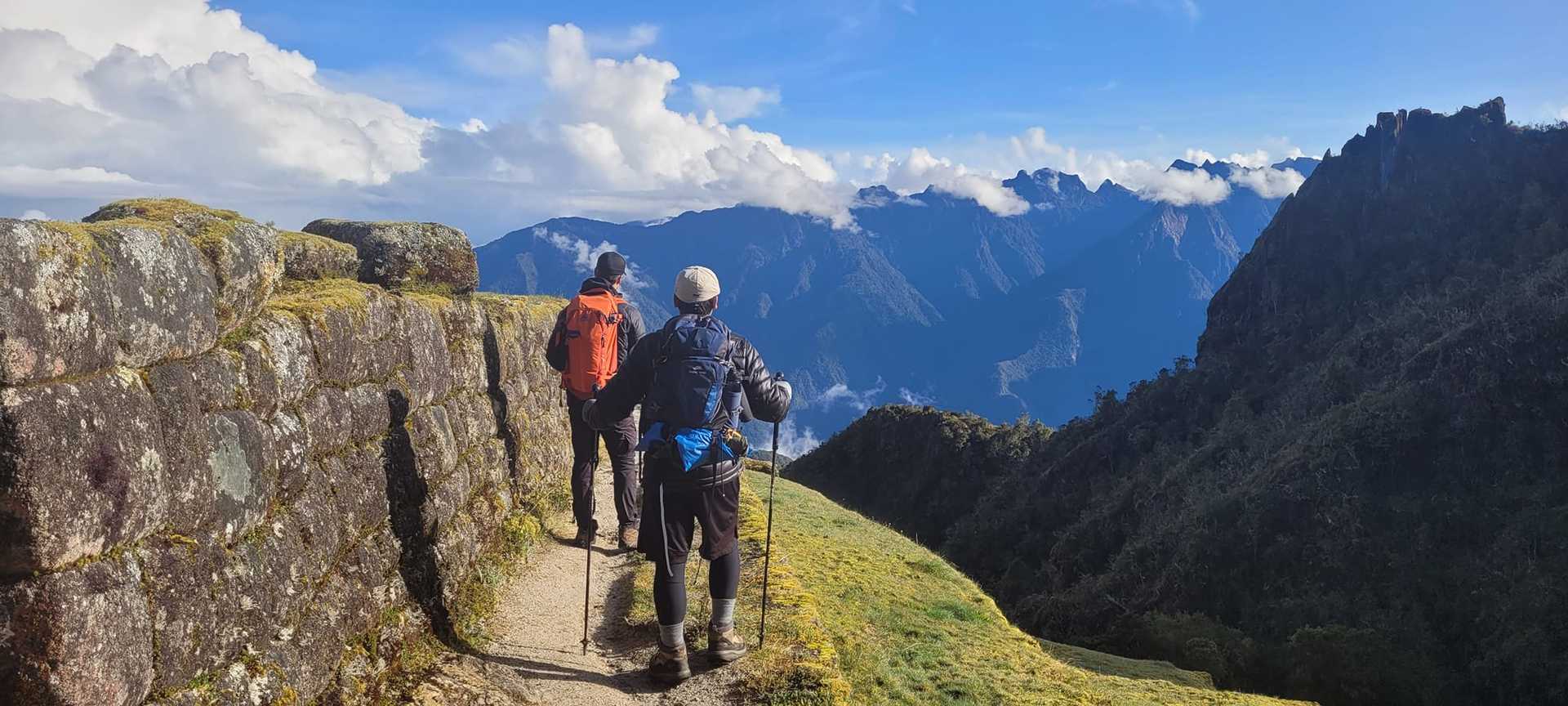Introduction to the Inca Trail
The Inca Trail is super easy to do... isn't it? Hundreds of thousands of people of all ages do it every
year, so you'd be forgiven for thinking it might just a simple walk.
Actually, it's not just a case of getting up off the sofa,
flying to Peru, donning a decent pair of walking boots and off you go. There
are some things you need to know before trekking the Inca Trail to Machu
Picchu.
Firstly, if you’re reading this, you’re likely considering
Peru’s most famous high altitude trek. It's exciting - you could be about to
embark on the adventure of a lifetime. Secondly, to make it clear from the
start, the Inca Trail is not easy. It can be hard work, and you’ll need
to be relatively fit. From start to finish the Inca Trail distance is around
26-28 miles – that’s the distance of a marathon – but in challenging
conditions.
That said, it’s certainly true that people of all ages and
of differing abilities manage to walk the Inca Trail every year. It’s regularly
completed by people in their seventies. If they can do it, so can you. With
plenty of planning and preparation, the Inca Trail trek is totally doable.
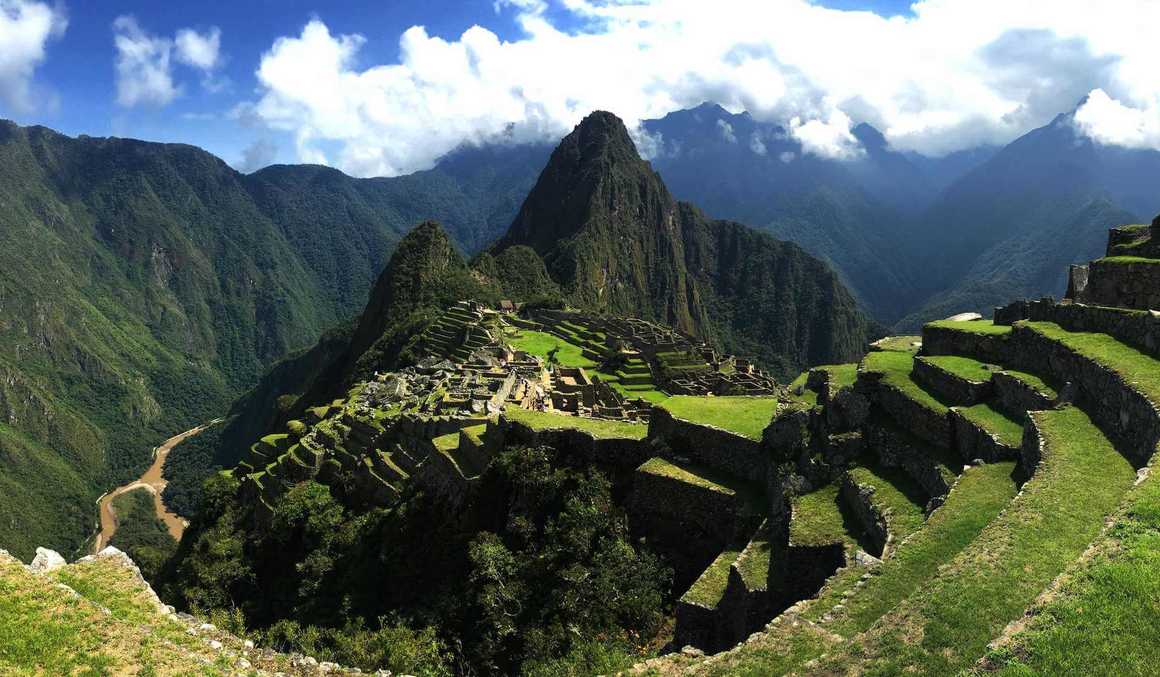
Tackling the Inca Trail: what you should know
Trekking at elevations higher than 2,500 metres above sea
level qualifies as high altitude trekking. Cusco, the Peruvian city you’ll
start the Inca Trail from, sits at an elevation of 3,400 metres. The Inca Trail
is a high altitude trek and when you’re at higher altitudes your body starts to
behave differently.
Up high, the air is thinner; there’s less oxygen available.
Basically, you’re likely to notice your heart pounding a little more, you get
short of breath a bit quicker, and you’ll probably tire sooner than you
normally would after exercise. The big issue is trying to avoid full-blown
altitude sickness. Tell-tale signs include headaches, nausea, loss of appetite
and mega-tiredness. Once you’re experiencing these symptoms, no matter how much
you might want to continue, it’s time to call it quits. Ignoring the symptoms
of altitude sickness can lead to potentially life-threatening complications.
However, altitude sickness can be prepared for and managed to
some extent – we’ll look at that in a minute.
Weather on the Inca Trail
There’s also the weather to think about. Peru is
largely a warm and sunny country, so during the day temperatures on the Inca
Trail tend to hover around 20 °C (70 °F). If you happen to be there during the
wet season (roughly December to March) conditions get warmer, wetter and more
humid. The flipside to warm days is that at night it gets flippin’ cold.
Remember, you’ll be camping along the trail and after sundown the temperature
can drop to zero so you’re going to need some nice woollies and thermals to keep
you toasty overnight.
Illness on the Inca Trail
Anybody, at any time, can become susceptible to an upset
stomach. It could be something you ate, or bad water, it could be nerves,
excitement or exhilaration. With that in mind you should pack sufficient loo
roll. It's not something you want to have to scrounge off your fellow walkers
if you need to take a stop en-route. It’s also worth packing some
anti-diarrhoea tablets, you know, just in case.
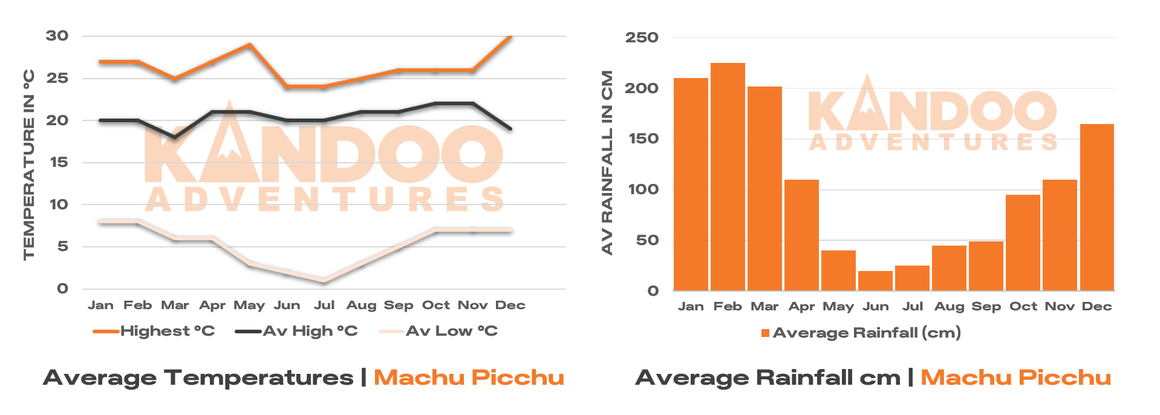
How hard is the Inca Trail?
The thing to bear in mind is that, whilst it’s no walk in
the park, the Inca Trail is not a technical trek. You don’t need any special
skills or equipment to complete it and, so long as you’re reasonably fit, you’re
in with a pretty good chance. It’s rare that anyone is forced to abandon the
Inca Trail. That said, you are going to find it challenging, tiring, and a bit
gruelling in places.
Spoiler alert: the part that most folk consider
the hardest is the second of three high altitude passes you’ll encounter: the
charmingly named ‘Dead Woman’s Pass’. Here you’ll reach an elevation just a
whisker away from 4,200 metres comparatively quickly thanks to a lung-busting
staircase. Get your wobbly legs past that and the rest is plain sailing. Well,
sailing that’s a bit less tiring anyway.
Don’t forget that any challenge you face in tackling the
Inca Trail is rewarded beyond measure by the sense of accomplishment you’ll
feel, and the awe and wonder you’ll experience when you finally witness Machu
Picchu with your own eyes.
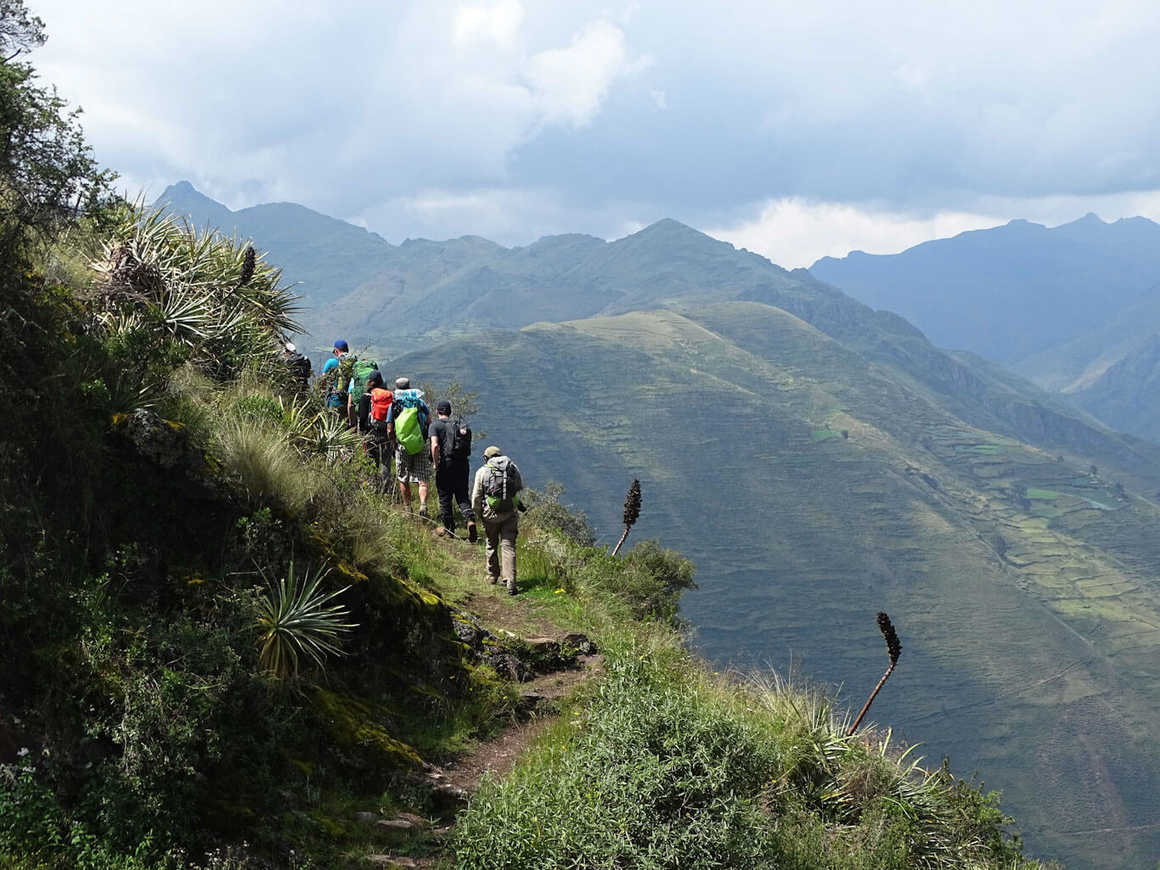
How do I prepare for the Inca Trail?
What you’re looking to do is to increase your general
strength and stamina (get those leg muscles working!) and to be able to cope
with the lower levels of oxygen at high altitude. This means it’s time to get
aerobic - jogging, running, cycling, power-walking or swimming regularly in the
months leading up to your trip to Peru will all help with your oxygen
management when the air gets thin. Each exercise session should leave you
feeling like you’ve had a good work out – maybe panting a bit – but not rolling
on the floor desperately gasping for breath. If that happens, you’re overdoing
it. Anyway, keep the exercise up for a decent period and you should be
match fit for Peru. Read more here about training for your Machu Pichu trek.
While you’re doing those practice hikes, by the way, it’s
worth properly breaking in new boots if you’ve bought them, so that they’re
nice and comfy when you’re on the Inca Trail. Nobody likes blisters. Our handy
blog about what to wear for Machu Picchu has a comprehensive packing
list for the Inca Trail to help you figure out what to pack for hiking the Inca
Trail.
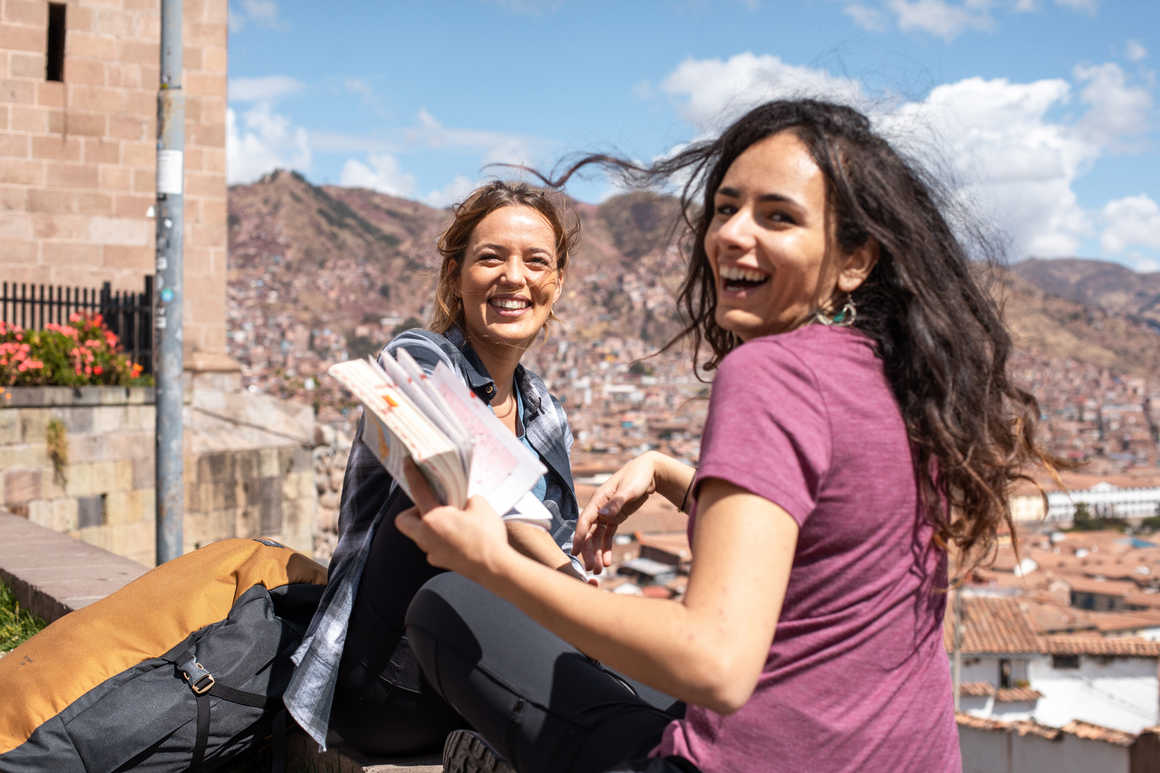
Arrival day and acclimitising in Cusco
On your Kandoo Inca Trail trip we have a day specifically
for acclimatisation in Cusco. Our best advice is to chill out. The first thing
you want to do is acclimatise to the high altitude (Cusco is about 3,400 metres
above sea level) and let your body get used to the change in atmosphere.
Next, there are a few things you can do to help yourself.
Avoid alcohol (sorry), focus on your breathing and breathe more deeply than you
normally would, keep yourself hydrated and don’t over-exert yourself. Stock up
on carbs too as you’ll need plenty of energy for your hike to Machu Picchu.
Coca leaves and coca tea (mate de coca) can both be bought
locally and are used by many to manage altitude sickness. You’ll also want
to pack some painkillers (aspirin, paracetamol or whatever) in case of
headaches and probably some anti-nausea medication too, just in case.
The Inca Trail Peru
